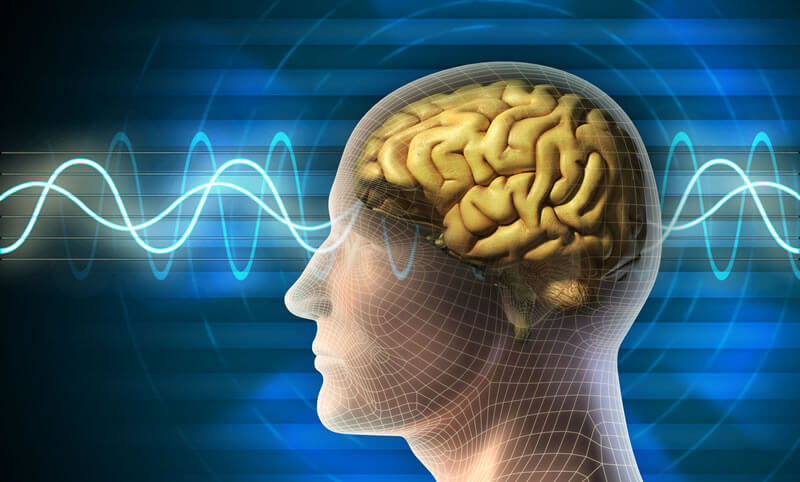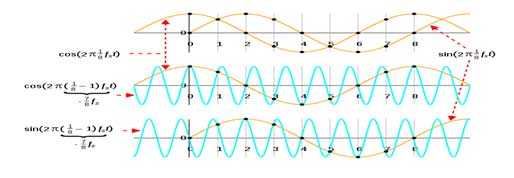
Frequencies In The Human Body
There are many different frequencies that occur naturally in the human body. Here are a few examples:
Brain Waves: The brain produces several types of electromagnetic waves that can be measured by an electroencephalogram (EEG). These waves range from high-frequency beta waves (12-30 Hz) that occur when we are awake and alert, to low-frequency delta waves (0.5-4 Hz) that occur during deep sleep.
Heartbeat: The human heart produces electrical impulses that cause it to beat. These impulses can be measured using an electrocardiogram (ECG), and have a frequency of around 1 Hz (60 beats per minute).
Respiration: The act of breathing also produces a rhythmical pattern of expansion and contraction in the chest, which can be measured using a respiratory sensor. This pattern has a frequency of around 0.2-0.3 Hz (12-18 breaths per minute).
Cell Communication: Within our bodies, cells communicate with each other using chemical and electrical signals. These signals have a wide range of frequencies, from low-frequency calcium waves (0.1 Hz) that help to regulate cell activity, to high-frequency action potentials (up to 100 Hz) that transmit
information along nerve cells.
It's worth noting that there are also many external frequencies that can affect the human body, such as electromagnetic radiation from the sun and from electronic devices, and sound waves from our environment.


